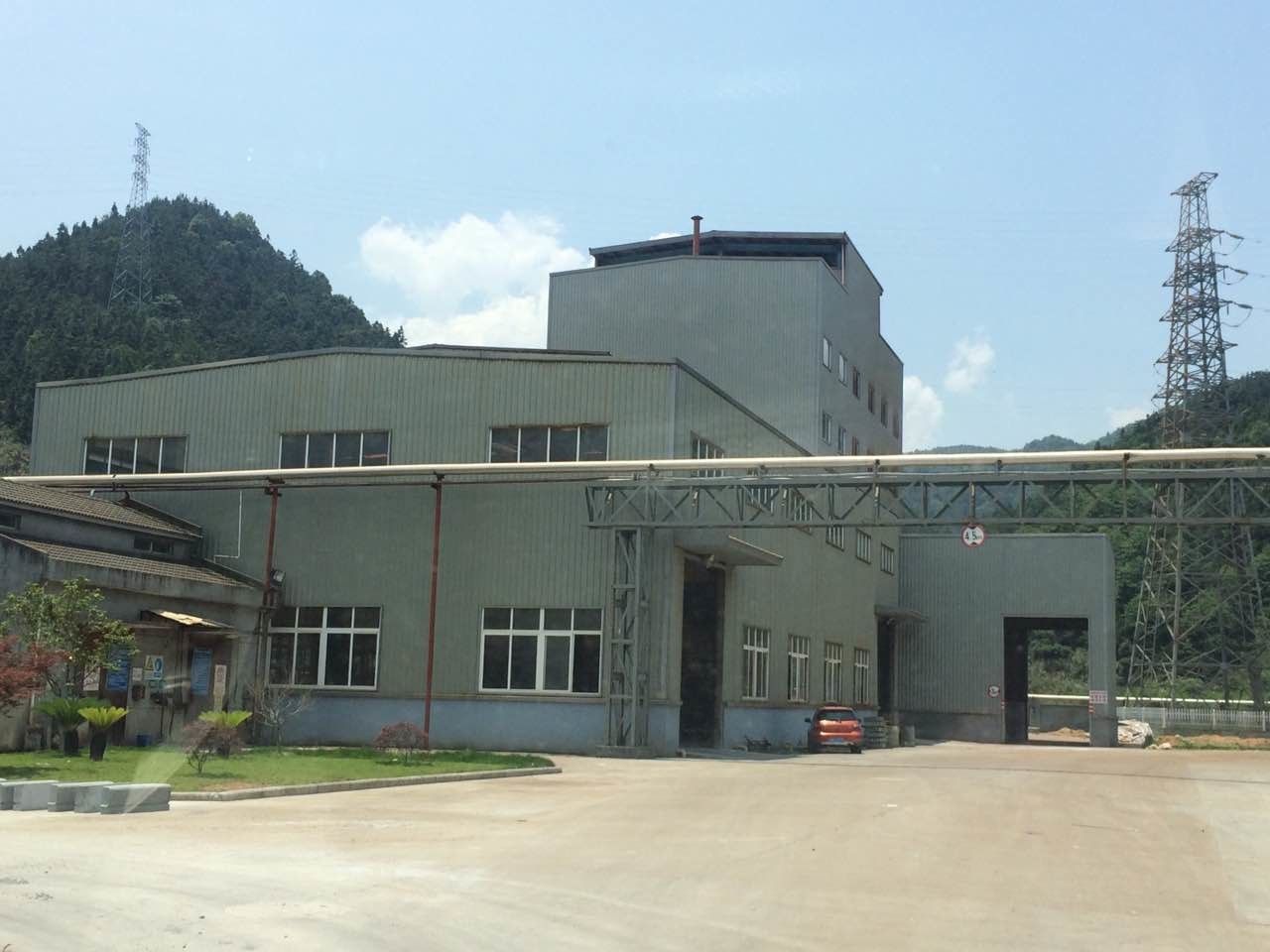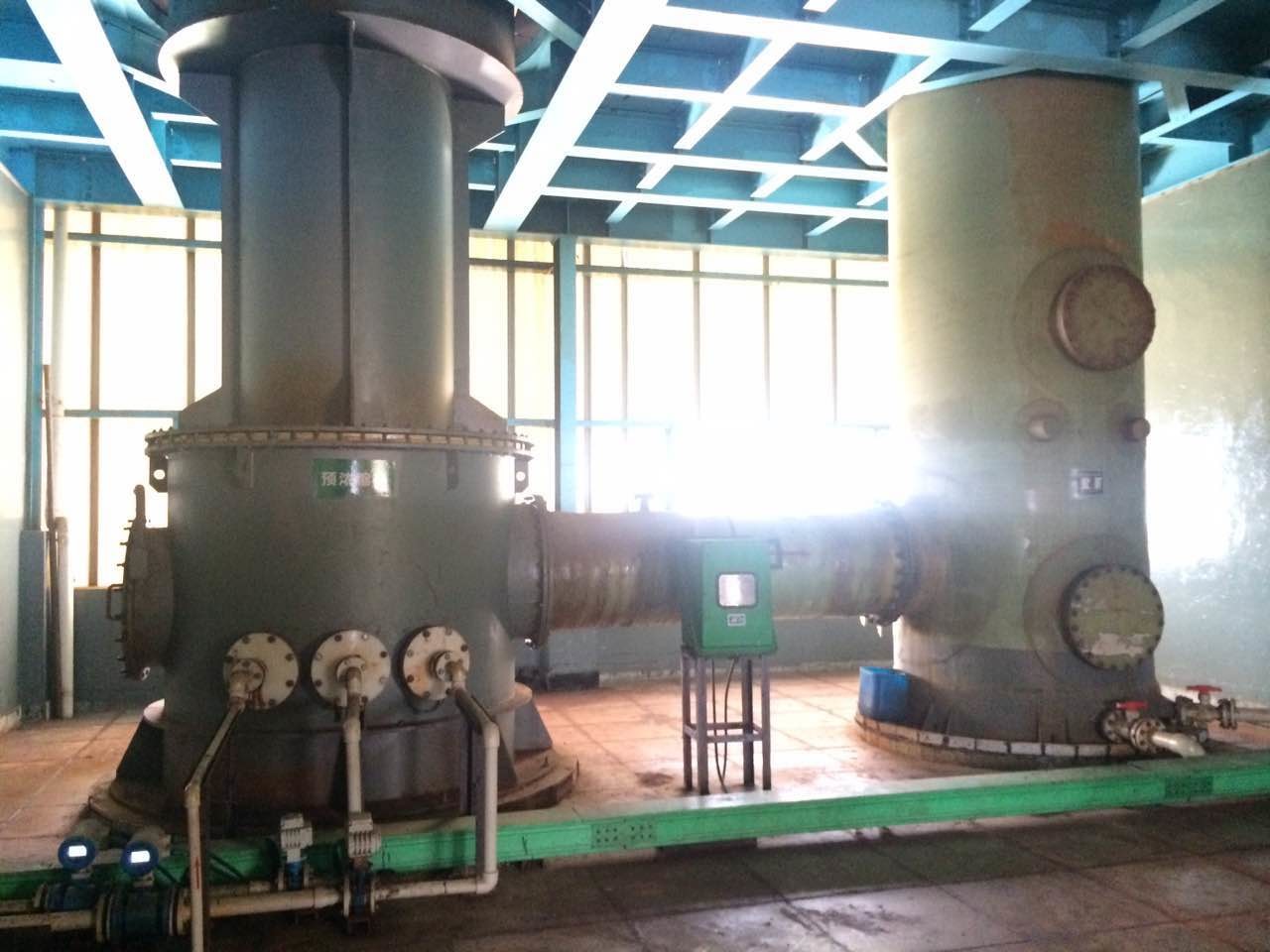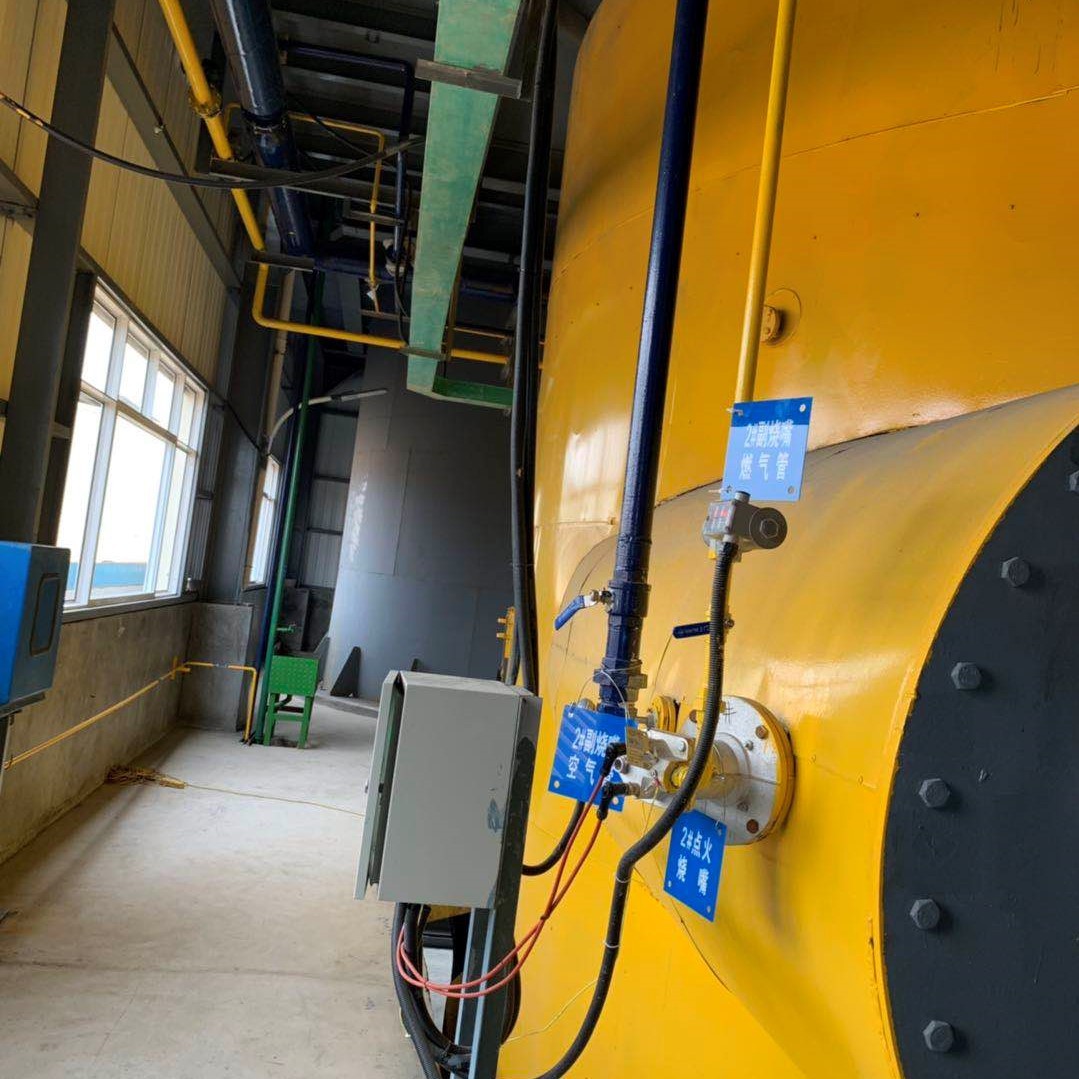Beijing JJRS Technology Development Co., Ltd. |
Valued acid regeneration plant 3~8m3/h (energy electricity) for customer
Hydrochloric acid regeneration
Hydrochloric acid regeneration or HCl regeneration refers to a
chemical process for the reclamation of bound and unbound HCl from
metal chloride solutions as hydrochloric acid.
Additional recommended knowledge
Recognize and detect the effects of electrostatic charges on your balance
Field of application
The commercially most relevant field of application for HCl
regeneration processes is the recovery of HCl from waste pickle
liquors from carbon steel pickling lines. Other applications
include the production of metal oxides such as, but not limited, to
Al2O3 and MgO as well as rare earth oxides by pyrohydrolysis of
aqueous metal chloride or rare earth chloride solutions.
A number of different process routes are available. The most widely used is based on pyrohydrolysis and adiabatic absorption of hydrogen chloride in water.
Known Processes
The following processes for the regeneration of HCl from spent
pickle liquors have been adopted by the ferrous metals processing
industry:
Regeneration
Pyrohydrolysis
Hydrothermal Regeneration
Electrolytic Fe-precipitation
Recovery of free HCl
Retardation
Dialysis
Ion Exchange
Transformation of FeCl2 to FeCl3
Electrolytic Oxidation
Chemical Oxidation
Pyrohydrolysis of Spent Pickle Liquor
Pyrohydrolysis of hydrochloric SPL from carbon steel pickling lines
is a hydrometallurgical reaction which takes place according to the
following chemical formulae:
4 FeCl2 + 4 H2O + O2 = 8 HCl + 2 Fe2O3
2 FeCl3 + 3 H2O = 6 HCl + Fe2O3
The process is an inversion of the chemical descaling (pickling) process.
Main differences between different implementations of
pyrohydrolytic acid regeneration
Furnace Type (Spray Roaster, Fluidised Bed or Combined Furnace)
Physical Properties of Iron Oxide By-Product (Ferric Oxide Powder
or Pellets)
Purity and commercial value of Iron Oxide By-Product (Cl content,
SiO2 content, other impurities, specific weight, specific surface)
Energy Consumption (between 600 and 1200 kcal/l)
Fuel Type
Concentration of regenerated acid (typically approx. 18% wt/wt)
Purity of regenerated acid (remaining Fe content, Cl content)
Recovery Efficiency (typically 99%)
Rinse Water Utilization
Stack Emissions (HCl, Cl2, Dust, CO, NOx)
Liquid Effluents (composition, amount)
| Concentration of regenerated acid | typically approx. 18% wt/wt |
| Purity of regenerated acid | remaining Fe content, Cl content |
| Recovery Efficiency | (typically 99%) |
| Stack Emissions | HCl, Cl2, Dust, CO, NOx |
| Liquid Effluents | composition, amount |
| Furnace Type | Spray Roaster, Fluidised Bed or Combined Furnace |
| Energy Consumption | (between 600 and 1200 kcal/l) |



